Storytelling is at the heart of every excellent presentation. It captures attention, makes ideas memorable, and helps audiences connect emotionally. Yet, despite AI’s incredible advances in recent years, there’s a common belief that artificial intelligence simply isn’t very good at storytelling.
And it’s true — AI doesn’t “feel” the way we do. It doesn’t have life experiences or a gut sense of drama, humor, or suspense. But here’s the twist: while AI may not replace human creativity, it can be a powerful ally in the storytelling process, especially when it comes to presentations.
AI offers tools that make the process faster, smarter, and more effective.
Let’s explore how AI can elevate storytelling in presentations — and where the human touch still matters more.
Where AI Shines in Presentation Storytelling
There are aspects of storytelling where AI can be an invaluable assistant.
1. Gathering and Analyzing Data
Every compelling story starts with substance. AI tools excel at gathering, organizing, and interpreting massive amounts of data. It can pull statistics, trends, and relevant facts from multiple sources in seconds — something that might take a human hours or even days.
Feedly, for example, can help collect up-to-date information to build a relevant, fact-backed narrative.

AnswerThePublic gathers audience-specific questions or trending topics, which can help create a story that will capture the audience.
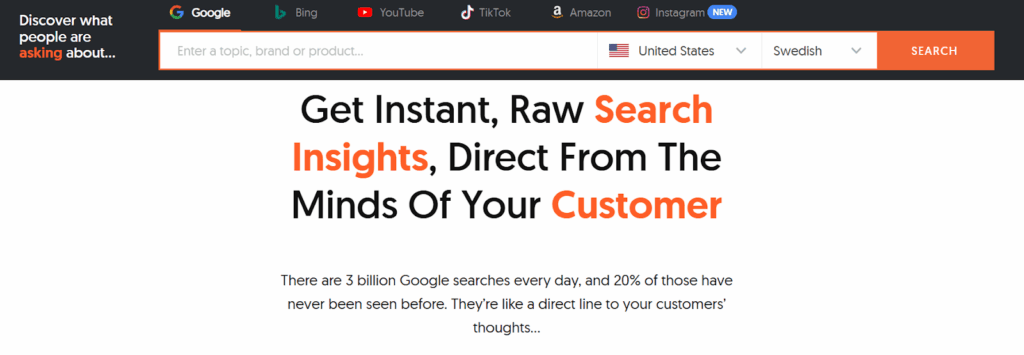
2. Creating Eye-Catching Visuals
Visuals speak louder than words — especially in presentations. AI-powered design platforms create professional-looking slides in minutes, using design principles that appeal to viewers.
Beautiful.ai, for example, offers templates that enable users to craft structured narratives without design skills, like this Company Overview template.
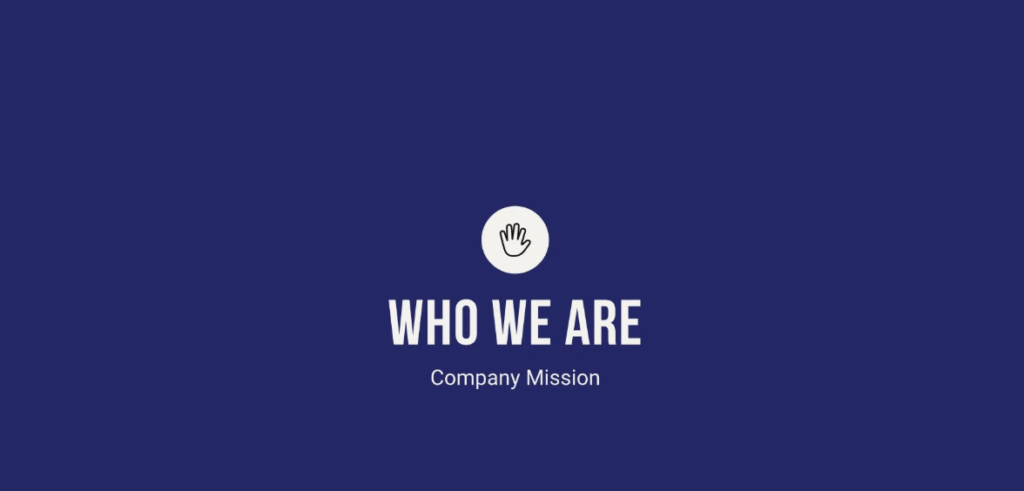
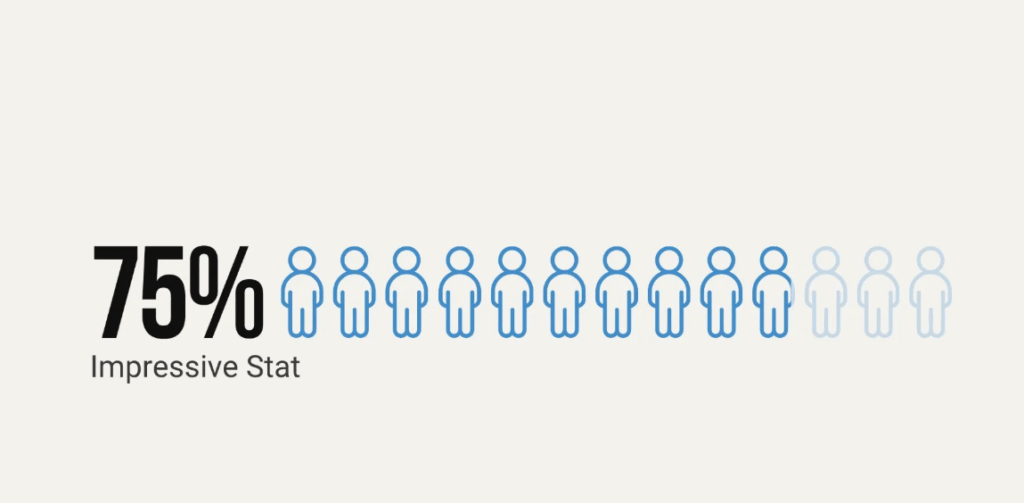
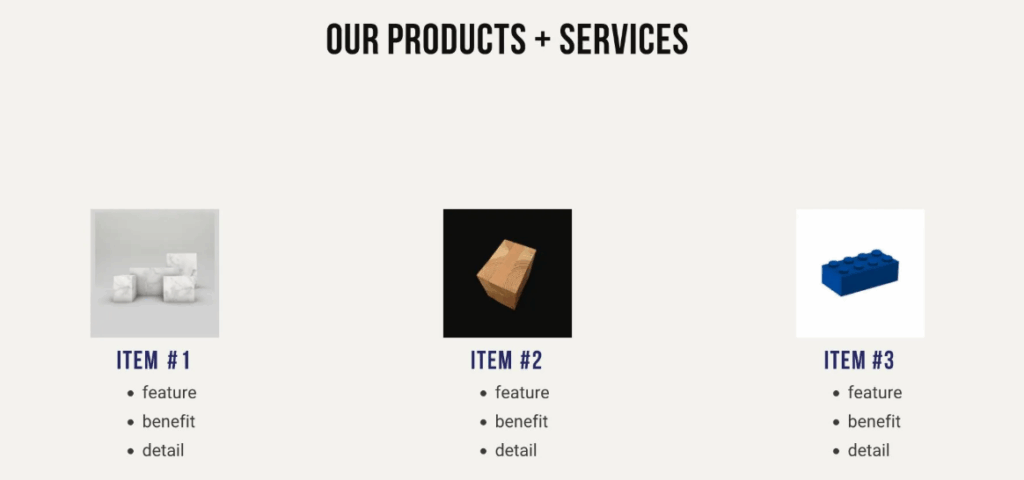
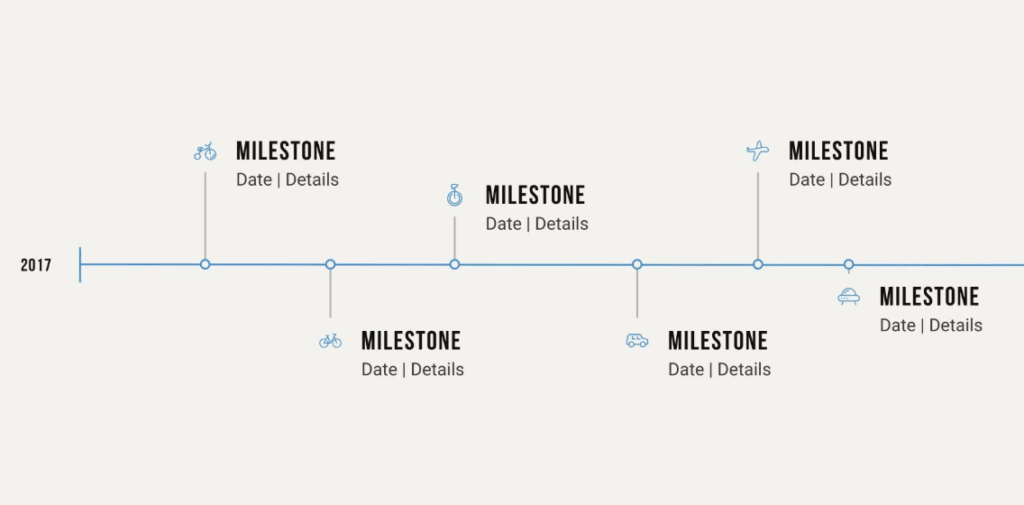
Tome specializes in product pitches and uses creative storytelling. This AI tool visualizes the data dynamically and adapts to the presentation’s tone and purpose.
Here is Tome’s Sales Pitch Deck template.


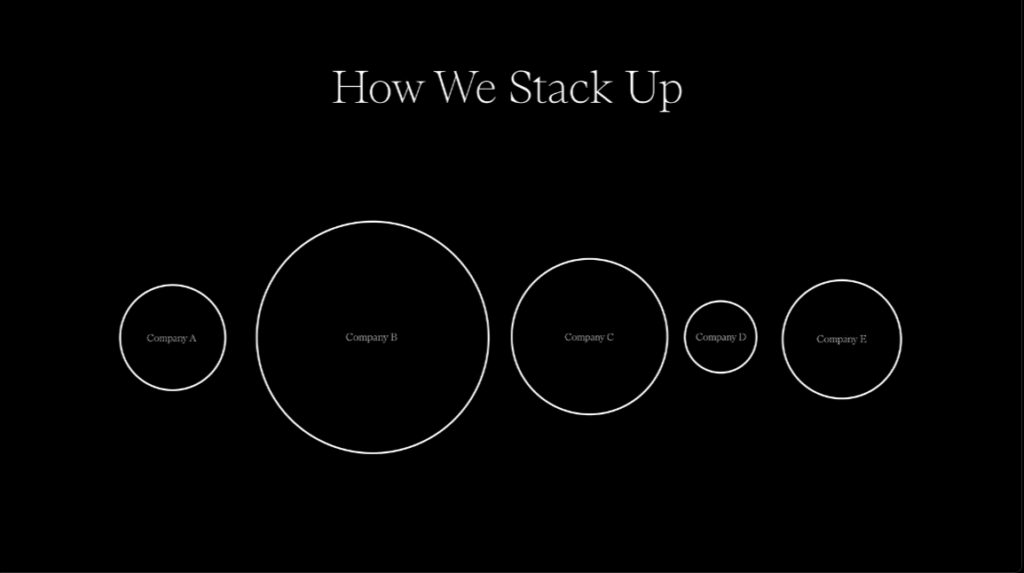
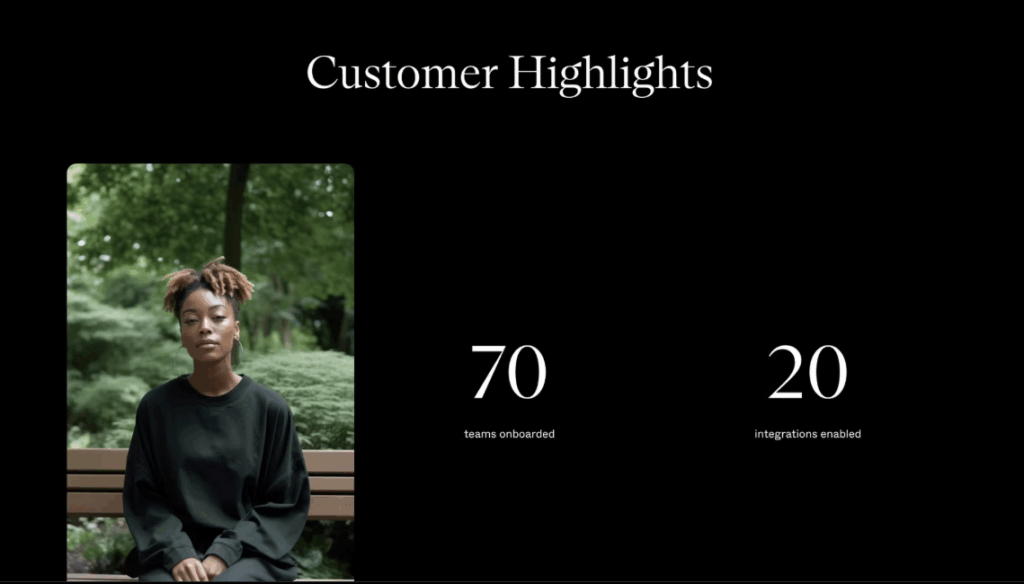
Wonderslide operates slightly differently. It transforms PowerPoint draft slides into beautiful, professional-looking presentations. It’s designed to save time on formatting and layout while ensuring every slide looks polished and consistent.
It offers a vast library of designs to choose from. This tool enhances your inspiration and helps you tailor the design exactly to your needs.
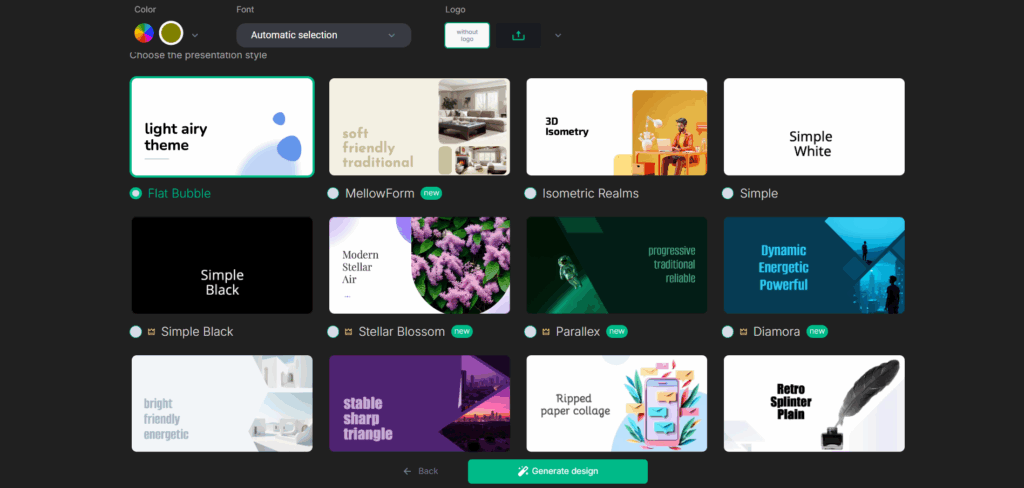
3. Writing with Natural Language Processing (NLP) Tools
With advanced NLP models, presenters can create clear, engaging scripts or slide content. AI tools can suggest better ways to phrase ideas, improve grammar, adjust tone, and even help structure the flow of your message.
They support presenters in communicating more effectively — even if writing isn’t their strongest suit.
Notion AI organizes ideas, helps structure outlines, and generates drafts — ideal for complex content that needs simplification.
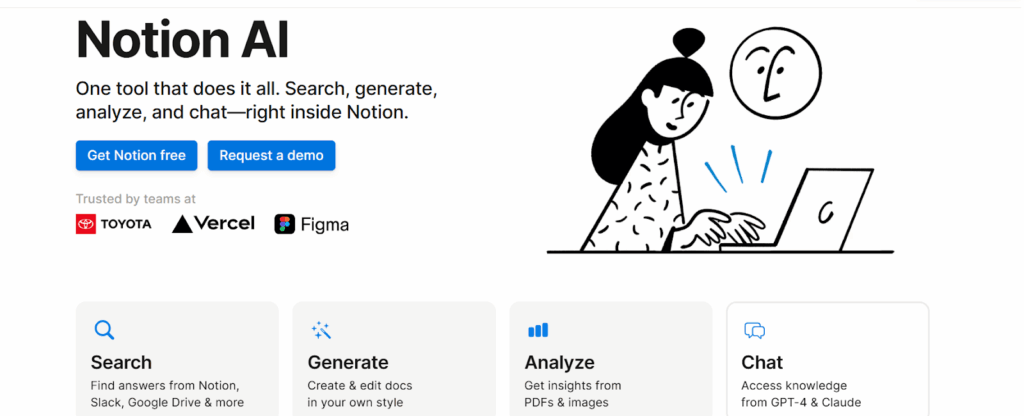
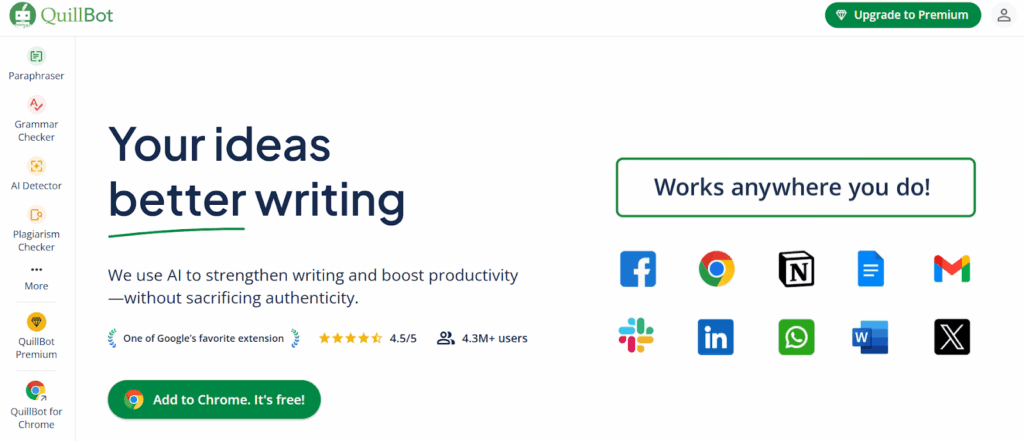
Jasper is remarkable at persuasive storytelling and marketing-focused presentations. It offers brand voice integration and smart content suggestions.
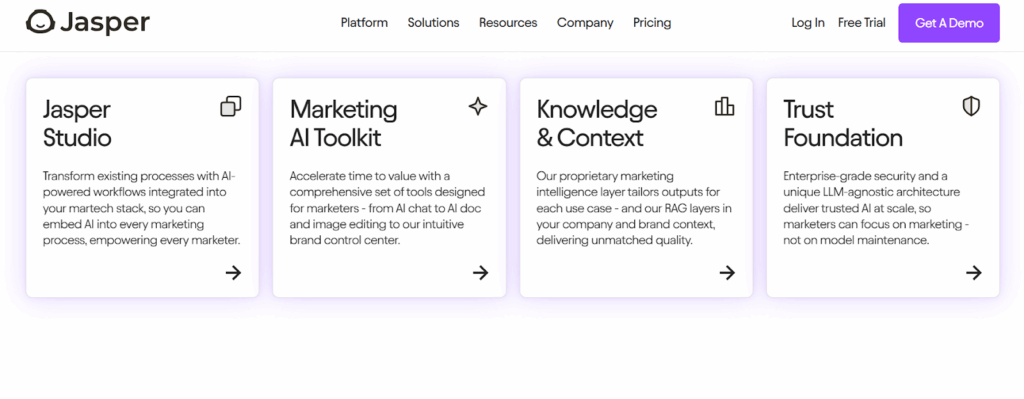
4. Audience Personalization
One of the critical objectives of crafting an effective presentation is tailoring content for specific audiences. AI can be of service in this area as well. It can adapt messaging based on demographics, behavior, or platform, making stories more relatable and persuasive.
Persado has developed a self-service Generative AI language hub designed to motivate consumer response actions. You can use the tool to adjust the narrative depending on the target audience of the presentation.
For example, this AI tool can help you tailor the narrative to different types of potential customers when you pitch a certain vacation destination. You can customize your pitch for different stakeholders — AI can help adapt the narrative for each of them while keeping the core message consistent.
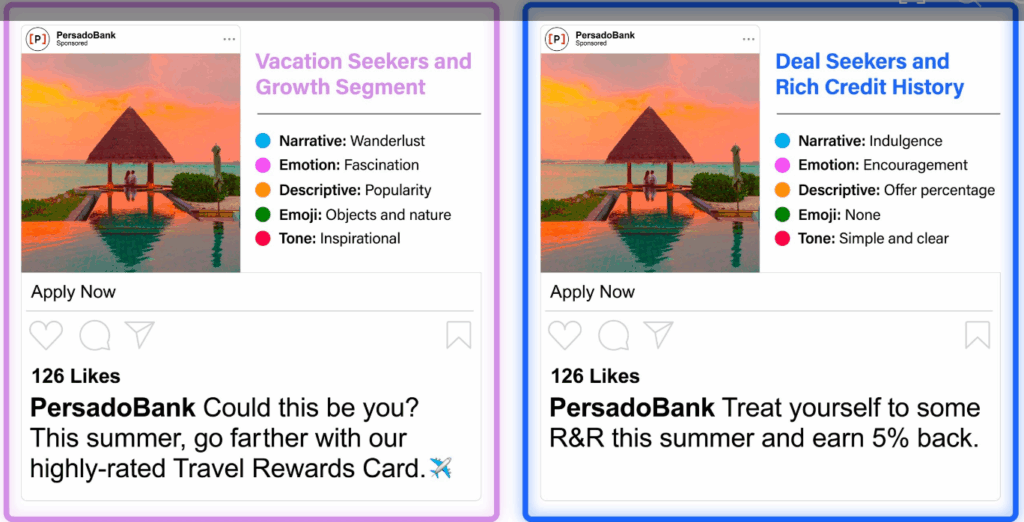
Where Humans Still Outperform AI
AI is a great assistant, but it’s not a storyteller in the truest sense. Here’s where human creativity still leads:
- Emotional Intelligence: Humans can gauge how an audience feels in real time and adjust accordingly. AI can’t quite read the room.
- Factual Reliability: AI-generated data often lacks accuracy and source validation. Human oversight is essential.
- Cultural and Contextual Awareness: We understand nuance, irony, local references, and current events in ways AI often misses.
- Original Voice and Style: AI tools tend to generalize. Only you can bring your unique tone, personality, and lived experiences to a story.
- Improvisation: Live storytelling often involves on-the-spot changes, humor, or handling unexpected questions — something AI isn’t yet built for.
At the end of the day, AI provides the tools, but it’s the human who gives the presentation its soul.
Final Thoughts: A New Kind of Creative Partnership
AI may never write the next great novel or TED Talk on its own, but it doesn’t have to. Its strength lies in supporting, enhancing, and accelerating the storytelling process — especially in presentations.
From gathering data to designing slides and refining text, AI makes it easier for anyone to tell a compelling story.
That said, the most powerful presentations still come from the heart — from people who know their audience and believe in their message.
Use AI as a creative partner, not a replacement, and you’ll find yourself telling stories that are impactful and unforgettable.